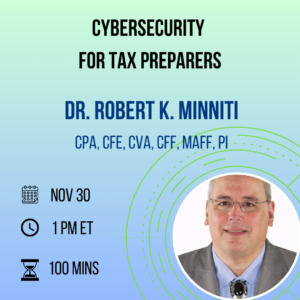Marketing and Empathy Psychology
How to Address ISO's New Climate Change Requirements
By - William A. Levinson, P.E., FASQ, CFPIM
Lorem ipsum dolor sit amet, consectetur adipiscing elit. Ut elit tellus, luctus nec ullamcorper mattis, pulvinar dapibus leo.
- 06 Aug - 21 Oct 2022
- 10:00 - 12:00
- August 22, 2024 | Available all day |
- 60 Mins

Overview:
This presentation will provide ways to address ISO’s new requirements related to climate change, as deployed to standards such as ISO 9001 (quality management systems), ISO 14001 (environmental management systems), and ISO 50001 (energy management systems). While this presentation recommends against agendas like Net Zero and carbon neutrality, removal of energy waste from supply chains enables lower prices, higher profits, higher wages, and fewer carbon emissions. Numerous online resources, including from the Department of Energy, are available to assist with this.
In addition, if climate-driven weather events create risks to continuity of operations, including supply chain risks, climate is indeed relevant to the organization’s management system. If your organization is already addressing these risks, it may well be doing everything it needs to do to meet the new requirements.
Agenda:
- Major ISO standards including ISO 9001:2015 have been amended with two climate-related requirements. Clause 4.1, context of the organization, requires organizations to determine whether climate change is relevant to their management systems. Clause 4.2, needs and expectations of interested parties, adds that stakeholders may have requirements related to climate change. These amendments fortunately do not require commitment to carbon neutrality or Net Zero agendas.
- Climate change is important because it is a fact of nature, and drives weather events that pose risks to supply chains and continuity of operations. This presentation does not, however, deem it urgent because (1) there is a limit as to what can be done about it and (2) many parties that say it is urgent do not behave as if it is urgent.
- The economical downside to efforts to stop climate change is underscored by the relative inefficiency of direct air capture, which seeks to remove carbon dioxide from the atmosphere. (Direct carbon capture from concentrated sources is another matter, and carbon dioxide is a commodity that can be resold.)
- Removal of energy waste from the supply chain, on the other hand, benefits all stakeholders. It enables lower prices, higher wages, and higher profits. Even if the energy saved is renewable, it is probably fungible via the power grid with fossil fuel energy, so it reduces carbon dioxide emissions too. This is obvious but removal of energy waste is easier said than done, because the wastes in question often hide in plain view. ISO 50001:2018’s energy gap analysis can help force the waste to become visible, and other techniques are available as well.
- The US Department of Energy provides resources to help identify and eliminate energy wastes. Leadership in Energy and Environmental Design (LEED) reduces the cost of operating buildings, along with associated carbon emissions.
Climate change does affect weather, which in turn creates risks to supply chains and continuity of operations. It is important to identify and address these risks. As an example, is a supplier plant (or our own) located on low ground that is subject to flooding? If so, is it protected by levees? Commodity futures are a long-established way to deal with risks that might be driven by climate change. - A checklist of questions will be provided to help with self-assessment of conformance to the new requirements. These questions require narrative rather than yes/no responses.
Benefits of This Session:
Attendees will learn to push back, when appropriate, against requirements for carbon neutrality, purchase of carbon offsets, and Net Zero, all of which increase supply chain costs at the expense of stakeholders. You will also learn, however, ways to identify and remove energy waste which reduces supply chain costs, and thus enables lower prices, higher wages, and higher profits. Energy not wasted probably means fewer carbon dioxide emissions too, even if the energy is renewable; we can sell back to the power grid whatever we don’t use. The webinar will also cover the numerous ways in which climate-driven weather events can affect continuity of operations, which means climate change is indeed relevant to the management system if any of these risks are present.
What You Will Learn:
The webinar underscores how energy waste can hide in plain view, so attendees will be able to take this knowledge back to the workplace along with knowledge of readily available resources to help remove this waste. This is among the most important takeaways because, to paraphrase Benjamin Franklin, a kilowatt-hour saved is the price of a kilowatt-hour earned.
Who Should Attend:
All users of ISO standards to which new climate-related requirements will be added, including especially ISO 9001 but also 14001, 45001 (occupational health and safety), and 50001.
Vulputate eros arcu magnis donec sem pretium scelerisque a etiam. Eros aliquam elit si mattis phasellus at orci letius ligula posuere. Sodales maecenas facilisis diam egestas dictumst si fames mus fermentum conubia curabitur. Ornare nisi consectetur semper justo faucibus eget erat velit rhoncus morbi.
Speaker Detail

William A. Levinson, P.E., FASQ, CFPIM
Bill Levinson, P.E., CPIM, CQE, is the owner of Levinson Productivity Systems PC. He is the author of numerous books on quality, productivity, and management, the most recent of which is Reshore Production Now: How to Rebuild Manufacturing and Restore High Wages, High Profits, and National Prosperity in the USA.
Webinar Information
- Duration : 60 Mins
- Date: August 22, 2024 | Available all day
- 06 Aug - 21 Oct 2022
- 10:00 - 12:00
- Jakarta, Indonesia
Share this event
Related products
-

Waiving Patients Cost Share Responsibility: What Every Healthcare Professional Needs to Know
$199.00 – $349.00 Select options -

Injection and Infusion Coding Demystified: Essential Strategies for Compliance
$199.00 – $299.00 Select options -

Cybersecurity for Tax Professionals
$199.00 – $349.00 Select options -

Care of the LGBTQI+ Patient and Their Families: Policies, Procedures, and Practices
$199.00 – $349.00 Select options



